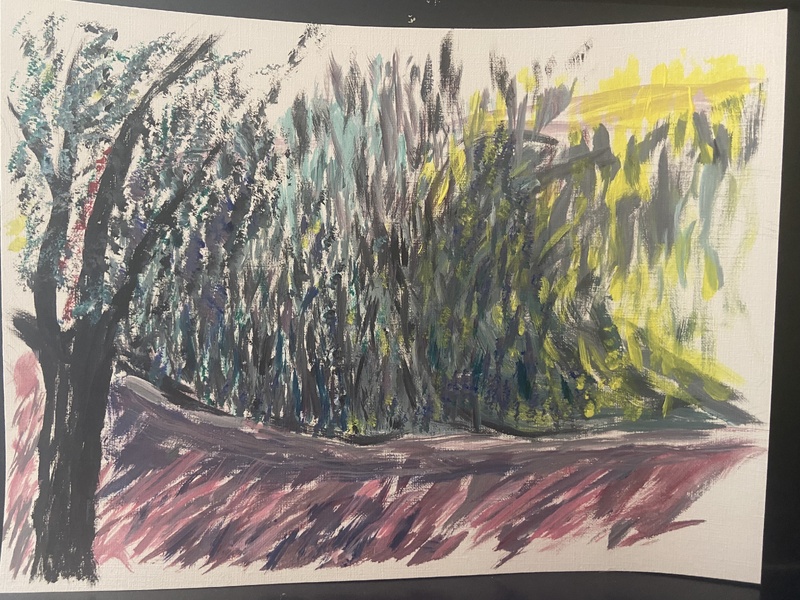Bucharest
Arriving in Bucharest, my mind was focused on heading to Iași where my grandmother had said she was born. Next to my hotel in Bucharest was Cismigiu Park, and in the early morning while walking in the park I saw varied people starting their day, the young mother bringing her little girl to school, two scruffy looking young men on bicycles with remarkably well behaved large dogs who followed them when they whistled. There were benches to sit on, and the morniing air was cool with that gentle soothing sound of the trees as their leaves were stirred by the breeze. I walked on the crusty leaves the paths were laden with,, and the air was both fresh and dusty with the dry air of a Mediterranean climate.
The city felt like a surreal version of Tel Aviv of twenty years ago, cars driving incautiously and fast through narrow streets, a cool early morning leading to hot sun in the day, but Bucharest had its own touch--concrete Brutalist architeccture from the communist era, mixed with the lovely ornate 18th century crumbling buildings. There was graffiti almost everywhere.
I walked to the Holocaust memorial It appeared to me as a the type of building Sebald (described as a "singular architectural monstrosity" (Sebald, 2001, p.29), with its placement in a seemingly nowhere spot in town, its square concrete lines, the paucity of names included in the display, the apparent lack of responsibility the Romanian government expressed for the murder and deportation of the Romanian Jewish population. It was a difficult place to find, even though it was near the center of the city. I tried to read all the names displayed on the interior walls of the monument and as I write I realize how many thousands of Jews were actually murdered in Romania in comparison. Complicated histories were mentioned in the monument display, the destruction of part of the Jewish cemetery in Bucahrest--this was to become a theme of my visit--cemeteries in ruins, a living population extinquished throughout Romania.
